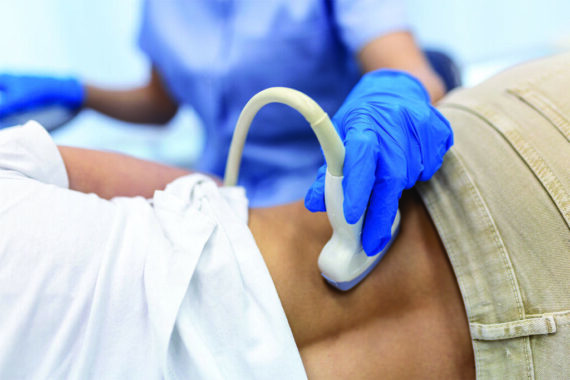CPD: Key questions on renal and ureteric stones

Key points
- Kidney stones are very common with a lifetime risk of 12% in men and 6% in women
- Urine dipstick is not a reliable test to diagnose or exclude ureteric colic, although most will have blood
- There are a number of important differential diagnoses to exclude. Beware of older patients presenting with first-time symptoms of colic as they may have more serious alternative pathology such as abdominal aortic aneurysm
- Size and location of the stone are used to judge the chance of stone passage and guide decisions about conservative management versus intervention
- Any patient with a stone presenting with fever is a surgical emergency and may require urgent drainage if there is an infected obstructed system
Q: How common are ureteric and renal stones?
A: Urinary tract stone disease (urolithiasis) is a common problem, with a prevalence of 8.8% in the USA.1 The lifetime risk is higher in men (12%) than women (6%) although this gap is narrowing.2 There is significant geographic variability in stone incidence, predominantly from environmental factors causing a propensity to dehydration. The incidence of urolithiasis is increasing, particularly in women,3 probably related to increases in obesity and syndrome-X (also known as the metabolic syndrome, or insulin resistance syndrome) related to Western lifestyle habits.4
Urology specialists Mr Shane Considine and Mr Matthew Bultitude advise on the recognition, diagnosis and management of renal and ureteric stones
Click here to read the full article and download your certificate logging 2 CPD hours towards revalidation
Mr Shane Considine is senior clinical fellow and Mr Matthew Bultitude is consultant urologist at Guy’s and St Thomas’ NHS Foundation Trust, London
Not a Pulse365 member? Click here to join and gain access to over 400 CPD modules
Pulse July survey
Take our July 2025 survey to potentially win £1.000 worth of tokens

Visit Pulse Reference for details on 140 symptoms, including easily searchable symptoms and categories, offering you a free platform to check symptoms and receive potential diagnoses during consultations.










